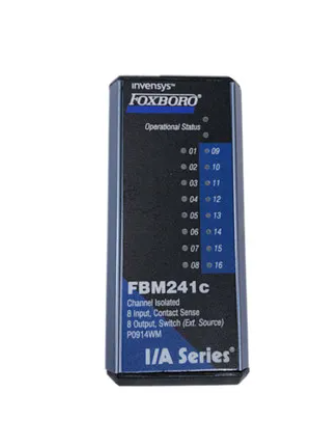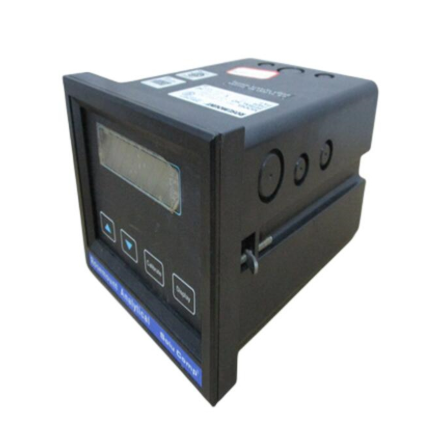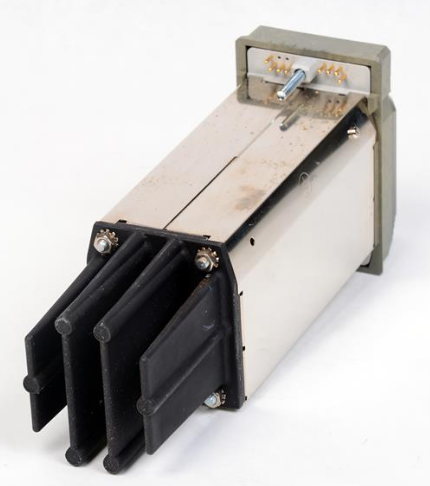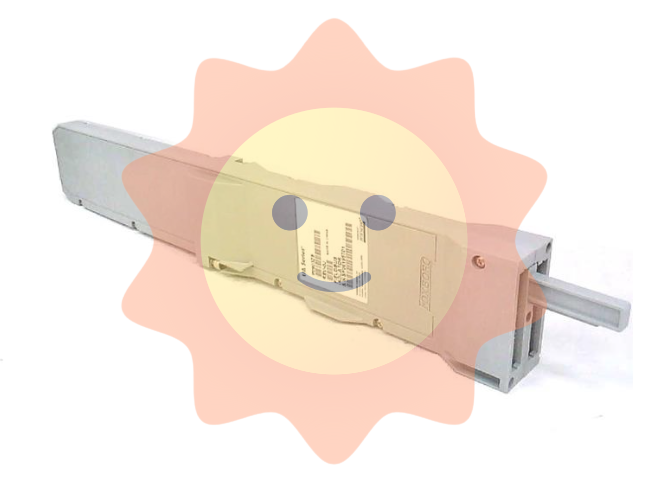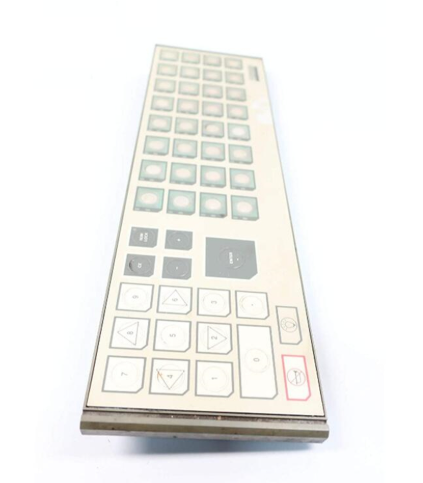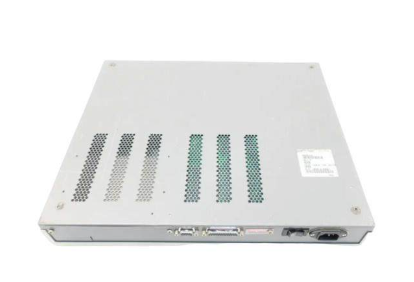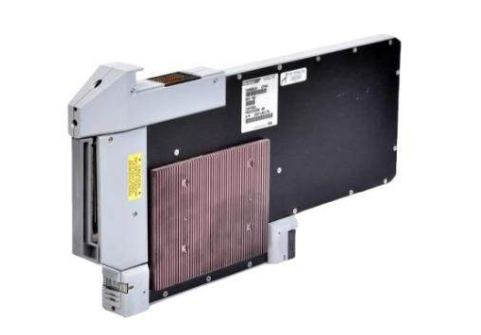How to realize efficient recycling of industrial wastewater?
"The utilization of sewage resources is an important embodiment of sustainable and green development, and is of great significance for alleviating the contradiction between supply and demand of water resources, reducing water environmental pollution and ensuring water ecological security in China." China's annual industrial water consumption accounts for about 20 percent of the country's total water consumption, and industrial wastewater emissions account for about 25 percent of the country's sewage emissions, Liu Guohua, deputy dean of the School of Environment at Renmin University of China, told People's Daily Online finance. Therefore, the recycling of industrial wastewater is an important part of the realization of sewage resources.
What's so good about this plan?
Industry, as one of the important areas of water use in China, will consume 102.89 billion cubic meters of water in 2020, accounting for 17.7% of the country's total water use, and industrial wastewater emissions account for about one-fifth of the country's sewage emissions. Liu Guohua said that China has a complete range of industrial categories and many enterprises, but the scale, facilities and technical reserves are uneven. Promoting the recycling of industrial wastewater is a long-term and arduous task, and the "Plan" emphasizes the strategy of focusing on key points and demonstration, adhering to the principle of classification and gradual progress.
Liu Guohua introduced that the "plan" focuses on the major water industries such as steel, petrochemical and chemical industries, nonferrous metals, paper making, textile and food, which have large wastewater discharge and upgrading conditions, and defines the overall goal of wastewater recycling in these industries, and makes clear the direction for China to further improve the recycling rate of industrial wastewater and accelerate the utilization of waste water resources in the next five years.
The "plan" proposes that by 2025, the reuse rate of industrial water above designated size in steel, petrochemical, chemical, non-ferrous and other industries will be further improved, and the reuse rate of industrial water above designated size in textile, paper, food and other industries will be increased by more than 5 percentage points from 2020.

"In some key water industries, the reuse rate of wastewater in steel, petrochemical, chemical, nonferrous and other industries has reached more than 93%, and can be further improved through efforts during the '14th Five-Year Plan' period." At the same time, the reuse rate of paper, textile, food and other industries is generally low, and should be effectively promoted according to the task requirements in the plan, by 2025, the reuse rate of industrial water above the scale is required to increase by more than 5 percentage points compared with 2020." Liu Guohua explained.
Liu Guohua also said that the "plan" focuses on six typical industrial industries, driven by innovative technology, takes engineering demonstration and promotion and application as the starting point, takes advanced water efficiency indicators and perfect standards as the guidance, and supports the cultivation of professional teams and the improvement of management level, highlighting seven key tasks and drawing a clear road map for further improving the recycling of industrial wastewater. At the same time, the improvement direction and specific measures are given for each key task in various industries, which strengthens the operability of industrial wastewater recycling and upgrading actions, and lays a solid foundation for steadily improving the recycling of industrial wastewater during the "14th Five-Year Plan" period.
How to achieve efficient recycling of wastewater in major water use industries?
In fact, as early as April 2015, The State Council issued the "Water Pollution Prevention and Control Action Plan" (referred to as the "Water ten") clearly pointed out that it is necessary to strengthen industrial water recycling and improve industrial water efficiency. In recent years, the recycling rate of industrial wastewater and water efficiency have made positive progress on the whole, and the reuse rate of industrial water above designated size has increased from 89% in 2015 to 92.5% in 2020, and the water consumption of 10,000 yuan of industrial added value in 2020 has decreased by 39.6% compared with 2015.
The "plan" mentioned that by 2025, we will strive to achieve a reuse rate of 94% of industrial water above designated size, greatly increase the amount of municipal recycled water for industrial use, reduce the amount of water consumed by 10,000 yuan of industrial added value by 16% compared with 2020, and basically form a new pattern of efficient recycling of wastewater in the main water industry.
So how do you achieve these goals? Liu Guohua said that first of all, we must adhere to scientific policies and focus on promoting. According to the characteristics of different typical industries, formulate feasible circuit diagrams and system technical schemes, and focus on promoting classification. In the six categories of key industrial industries, the focus is on improving the recycling rate of wastewater in the paper, textile and food industries.
- EMERSON
- Honeywell
- CTI
- Rolls-Royce
- General Electric
- Woodward
- Yaskawa
- xYCOM
- Motorola
- Siemens
- Rockwell
- ABB
- B&R
- HIMA
- Construction site
- electricity
- Automobile market
- PLC
- DCS
- Motor drivers
- VSD
- Implications
- cement
- CO2
- CEM
- methane
- Artificial intelligence
- Titanic
- Solar energy
- Hydrogen fuel cell
- Hydrogen and fuel cells
- Hydrogen and oxygen fuel cells
- tyre
- Chemical fiber
- dynamo
- corpuscle
- Pulp and paper
- printing
- fossil
- FANUC
- Food and beverage
- Life science
- Sewage treatment
- Personal care
- electricity
- boats
- infrastructure
- Automobile industry
- metallurgy
- Nuclear power generation
- Geothermal power generation
- Water and wastewater
- Infrastructure construction
- Mine hazard
- steel
- papermaking
- Natural gas industry
- Infrastructure construction
- Power and energy
- Rubber and plastic
- Renewable energy
- pharmacy
- mining
- Plastic industry
- Schneider
- Kongsberg
- NI
- Wind energy
- International petroleum
- International new energy network
- gas
- WATLOW
- ProSoft
- SEW
- wind
- ADVANCED
- Reliance
- YOKOGAWA
- TRICONEX
- FOXBORO
- METSO
- MAN
- Advantest
- ADVANCED
- ALSTOM
- Control Wave
- AB
- AMAT
- STUDER
- KONGSBERG
- MOTOROLA
- DANAHER MOTION
- Bently
- Galil
- EATON
- MOLEX
- Triconex
- DEIF
- B&W
- ZYGO
- Aerotech
- DANFOSS
- KOLLMORGEN
- Beijer
- Endress+Hauser
- MOOG
- KB
- Moxa
- Rexroth
- YAMAHA
- Johnson
- Westinghouse
- WAGO
- TOSHIBA
- TEKTRONIX


Email:wang@kongjiangauto.com



